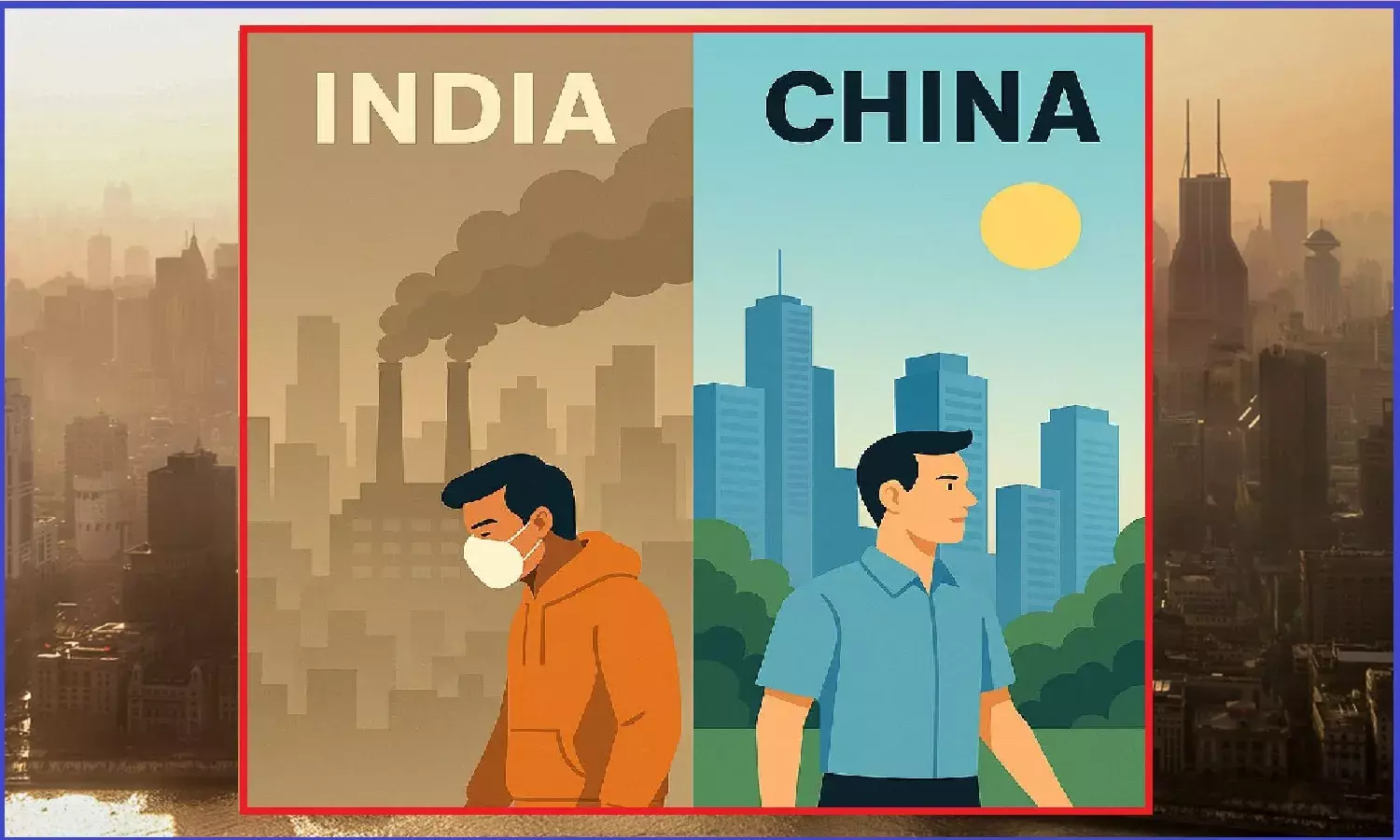
(Research shows that fruits and vegetables are not grown as per the requirement of global population. Photo by Mahendra Pandey)
Analysis by senior journalist Mahendra Pandey
A new research shows that climate change will have serious effects on food production, especially fruits and vegetables. Temperature increase and the effects of greenhouse gases are among the most important issues associated with climate change. The production and quality of fruits and vegetable crops can be affected by exposure to high temperatures and elevated levels of carbon dioxide and ozone.
The rise in atmospheric CO2 levels due to global climate change and horticultural practices have both direct and indirect effects on nutrient synthesis in plants. It affects photosynthesis directly, causing alterations in sugars, organic acids, flavonoids, firmness, and antioxident activity. Rise in atmospheric carbon dioxide levels persistently affected post-harvest quality causing sugar content reduction in potatoes and tuber malformation.
Elevated atmospheric ozone can result in the decline of the photosynthetic rate, growth, biomass accumulation, increment in Vitamin C content, and potential reduction in volatile ester emissions in strawberries. Tomatoes exposed to ozone concentrations ranging from 0.005 to 1.0 μmol/mol have resulted in a transient increment in β-carotene, lutein, and lycopene contents.
The quality of fruits and vegetables is not the only problem. Another research shows that fruits and vegetables are not grown as per the requirement of global population. If everyone on the planet wanted to eat a healthy diet, there wouldn't be enough fruit and vegetables to go around, according to a University of Guelph study.
A team of researchers compared global agricultural production with nutritionists' consumption recommendations and found a drastic mismatch. "Results show that the global system currently overproduces grains, fats and sugars, while production of fruits and vegetables and, to a smaller degree, protein is not sufficient to meet the nutritional needs of the current population." said study co-author Prof. Evan Fraser.
Published in the journal PLOS ONE, the study calculated the number of servings per person on the planet for each food group based on the Harvard University's "Healthy Eating Plate" guide, which recommends that half of our diet consist of fruits and vegetables; 25 per cent, whole grains; and 25 per cent, protein, fat and dairy.
Researchers calculated how much land is currently used for farming and how much would be needed if everyone followed the nutritional recommendations.They then projected those numbers for 2050, when the global population is expected to reach 9.8 billion.
They found that we now produce 12 servings of grains per person instead of the recommended eight; five servings of fruits and vegetables instead of 15; three servings of oil and fat instead of one; three servings of protein instead of five; and four servings of sugar instead of none.
The study found that adopting a more nutritious diet is not only good for us but also good for the planet. "If we do switch to nutritious diets, we would see a drop in the amount of land required to feed our growing population," said authors of the study.
The researchers also found that shifting production to match nutritional dietary guidelines would require 50 million fewer hectares of arable land, because fruits and vegetables take less land to grow than grain, sugar and fat. Without any change, feeding 9.8 billion people will require 12 million more hectares of arable land and at least one billion more hectares of pasture land, said Fraser.
Yet another study concludes that if no action is taken to reduce the negative impacts on agricultural yields, the environmental changes predicted to occur by mid- to end-century in water availability and ozone concentrations would reduce average yields of vegetables and legumes by 35% and 9% respectively. In hot settings such as Southern Europe and large parts of Africa and South Asia, increased air temperatures would reduce average vegetable yields by an estimated 31%.
Environmental changes, including climate change, water scarcity and biodiversity loss, are predicted to become more profound in the 21st century -- posing significant challenges to global agriculture, food security and nutrition. While there is growing evidence that predicted future changes in temperature and rainfall will lead to significant reductions in the yields of many staple crops such as rice and wheat, the impacts on vegetables and legumes -- important constituents of healthy diets -are largely unknown.
To address this evidence gap the researchers conducted a systematic review of all the available evidence from experimental studies published since 1975 on the impacts of changes in environmental exposures on the yield and nutritional quality of vegetables and legumes. Experiments included in the review were conducted in 40 countries.
The researchers warn that in the absence of substantial efforts to respond to predicted future environmental changes, reductions in the yields of vegetables and legumes will substantially alter their availability globally. Such changes may affect the affordability and consumption of vegetables and legumes in the mid- to long-term and this could have significant impacts on population health all around the world.
We always talk about future generations, but our deeds would keep them away from a balanced diet and also from a conducive environment.











